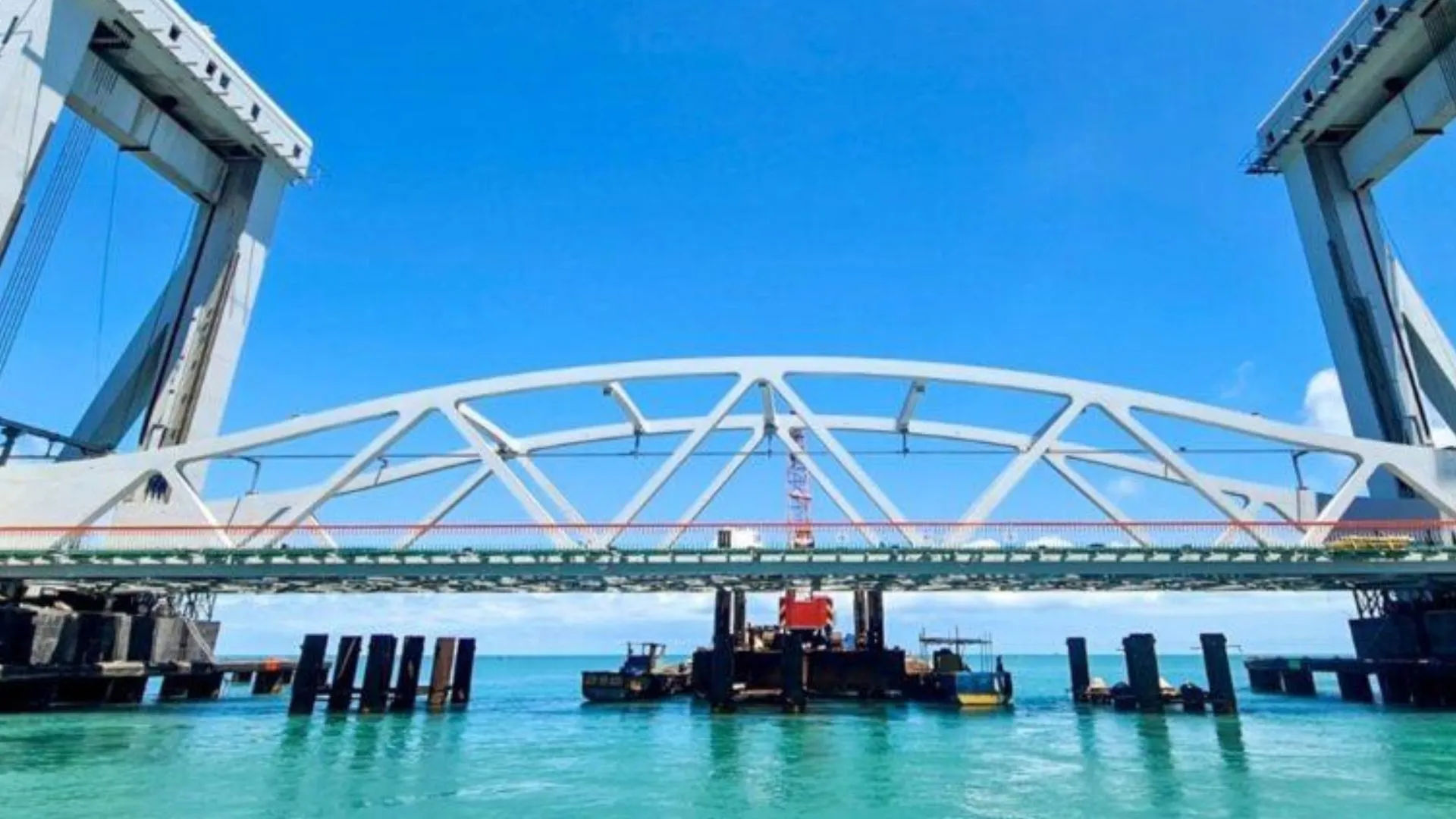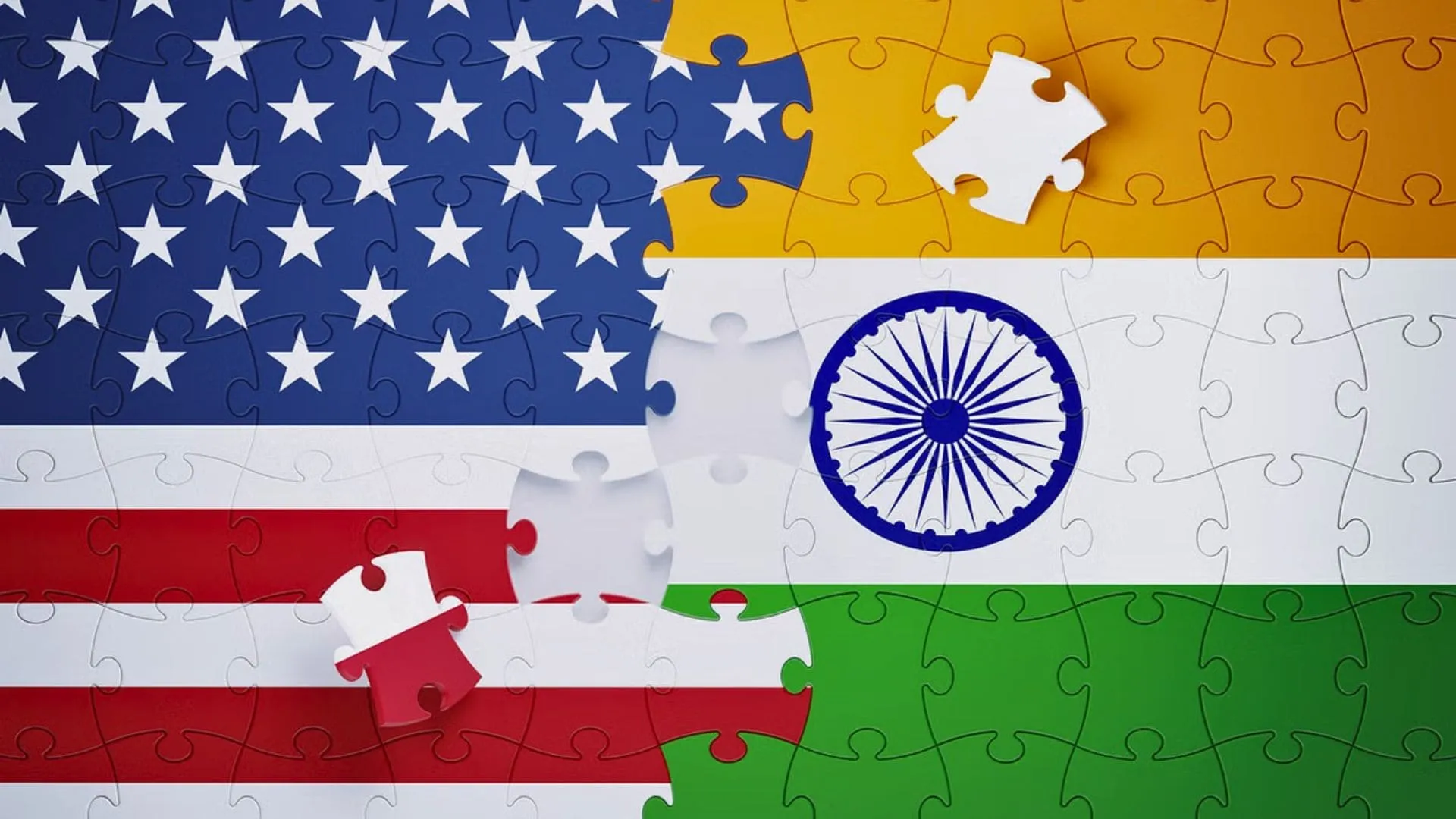Pamban Bridge is a crucial railway connection in Tamil Nadu. It links the Indian mainland with Pamban Island. The bridge leads directly to Rameswaram, one of the holiest towns in India. This region is not only religiously significant but also strategically important.
On April 6, Prime Minister Narendra Modi will inaugurate the newly built Pamban Bridge. This date also marks Ram Navami, the birth anniversary of Lord Ram. The coincidence adds spiritual significance to the event.
Gateway to Rameswaram
Rameswaram lies in Ramanathapuram district, close to the Gulf of Mannar. According to Hindu esteemed, Lord Ram built a bridge—Ram Setu—from here to Lanka. The town is home to the famous Ramanathaswamy Temple and attracts lakhs of pilgrims every year.
Besides religion, Rameswaram has a strong fishing economy. It serves as a hub for marine trade and exports. Pamban Bridge helps connect this remote town to the rest of India.
India’s First Vertical Lift Railway Sea Bridge
The new Pamban Bridge stands out as India’s first vertical lift railway sea bridge. It replaces the old bridge built over a century ago. This new structure measures 2.08 kilometers in length—slightly longer than the old one—and stands taller by three meters.
Engineers designed it to withstand extreme marine conditions. It has a lifespan of 58 years. It includes 99 spans of 18.3 meters each, and a central span of 72.5 meters. This central span can rise vertically by 17 meters, thanks to an electro-mechanical lift system. This allows ships and boats to pass through safely.
Moreover, the bridge is fully automated. It uses sensors and modern control systems to lift and lower the central section without manual intervention. It also uses corrosion-resistant steel to endure the saline environment.
Construction began in 2019 and continued despite the COVID-19 pandemic. Indian Railways supervised the project, while Rail Vikas Nigam Limited (RVNL) executed the construction. The cost of the new bridge stands at ₹535 crore.
A Bridge Born in the Colonial Era
The original Pamban Bridge, also known as Annai Indira Gandhi Road and Rail Bridge, was India’s first sea bridge. The British started construction in 1911 and opened it for rail traffic in February 1914.
This 2.06-kilometer bridge connected Mandapam on the mainland to Pamban on the island. Back then, it served as a critical link between India and Sri Lanka. Steamers used to run between Dhanushkodi and Talaimannar, enabling cross-border trade and travel.
The bridge featured a double-leaf bascule opening. Operators manually lifted the middle section to allow ships to pass. Until 2010, when Mumbai’s Bandra-Worli Sea Link opened, it was India’s longest sea bridge.
1964 Cyclone: A Night of Tragedy
On December 23, 1964, a severe cyclone struck Pamban and Dhanushkodi. Winds exceeded 270 km/h, and massive tidal waves hit the region. The old bridge barely survived. But the Pamban–Dhanushkodi Passenger Train No. 653 didn’t.
The six-coach train was en route from Rameswaram to Dhanushkodi. Around 11 p.m., the cyclone’s storm surge swept the train into the sea. By dawn, only the engine’s chimney could be seen.
The Railway Safety Commission reported that 100 to 110 passengers and 18 staff members were aboard. All died. Some unofficial reports claim the death toll may have crossed 250. The storm also destroyed Dhanushkodi town, which the government later declared uninhabitable.
Sreedharan’s Early Triumph
Although the bridge structure remained, it suffered massive damage. Out of 146 spans, 126 collapsed. Two key piers also failed. Indian Railways handed the restoration work to E. Sreedharan, then a young engineer.
Authorities gave him six months to restore the bridge. Sreedharan and his team finished the task in just 46 days. This feat marked the beginning of his legendary career, earning him the title “Metro Man of India” in later years.
Why the New Bridge Was Needed
Despite its legacy, the old bridge could not meet modern demands. Frequent corrosion, rising maintenance costs, and delays in ship movement made a new structure necessary.
Unlike the old manual lift system, the new bridge uses smart automation. It ensures safer and faster movement of both rail and marine traffic. It also supports broad gauge trains, which couldn’t run on the narrow gauge tracks of the old bridge.
The Indian government approved the replacement project in 2019. After years of construction, the new bridge now stands ready to serve India’s southern gateway.
More Than a Bridge
The new Pamban Bridge represents more than steel and concrete. It symbolizes technological progress, national resilience, and a deep respect for history. It connects not only two pieces of land but also generations of people, their faith, and their future.
With its inauguration on Ram Navami, the bridge steps into service as a modern marvel rooted in a century-old legacy.























